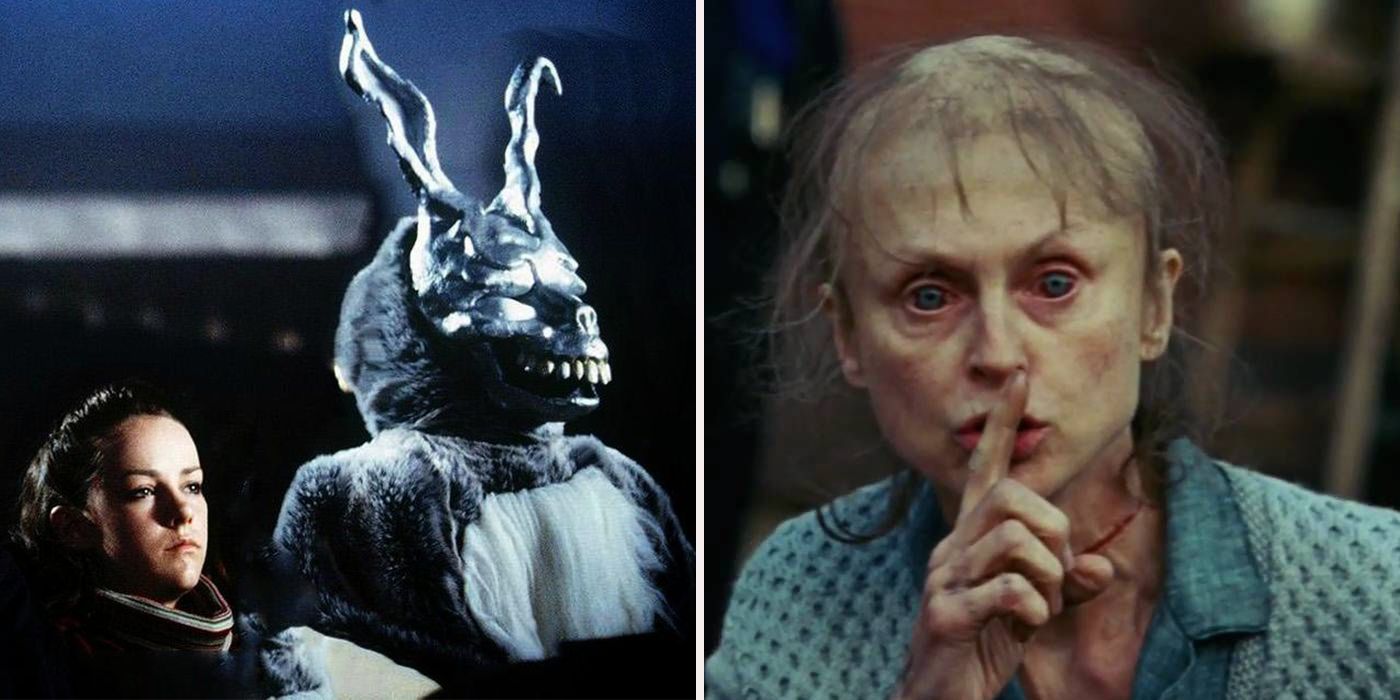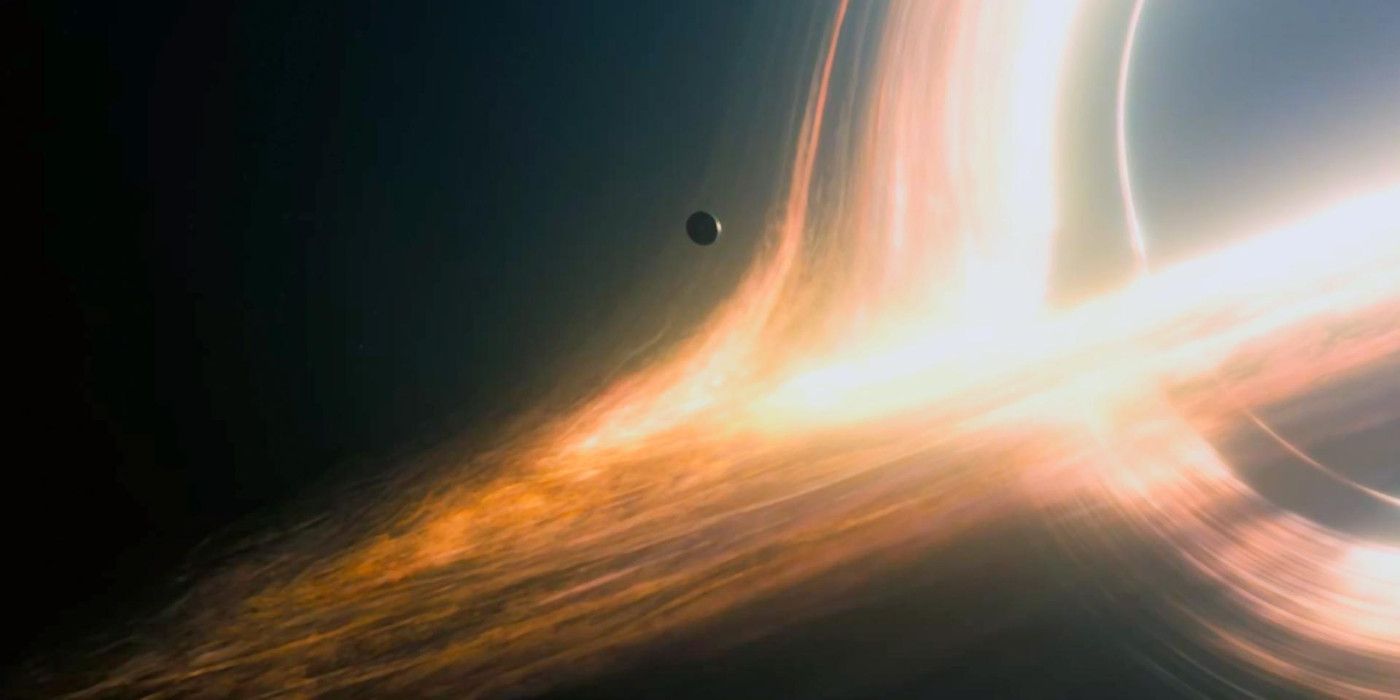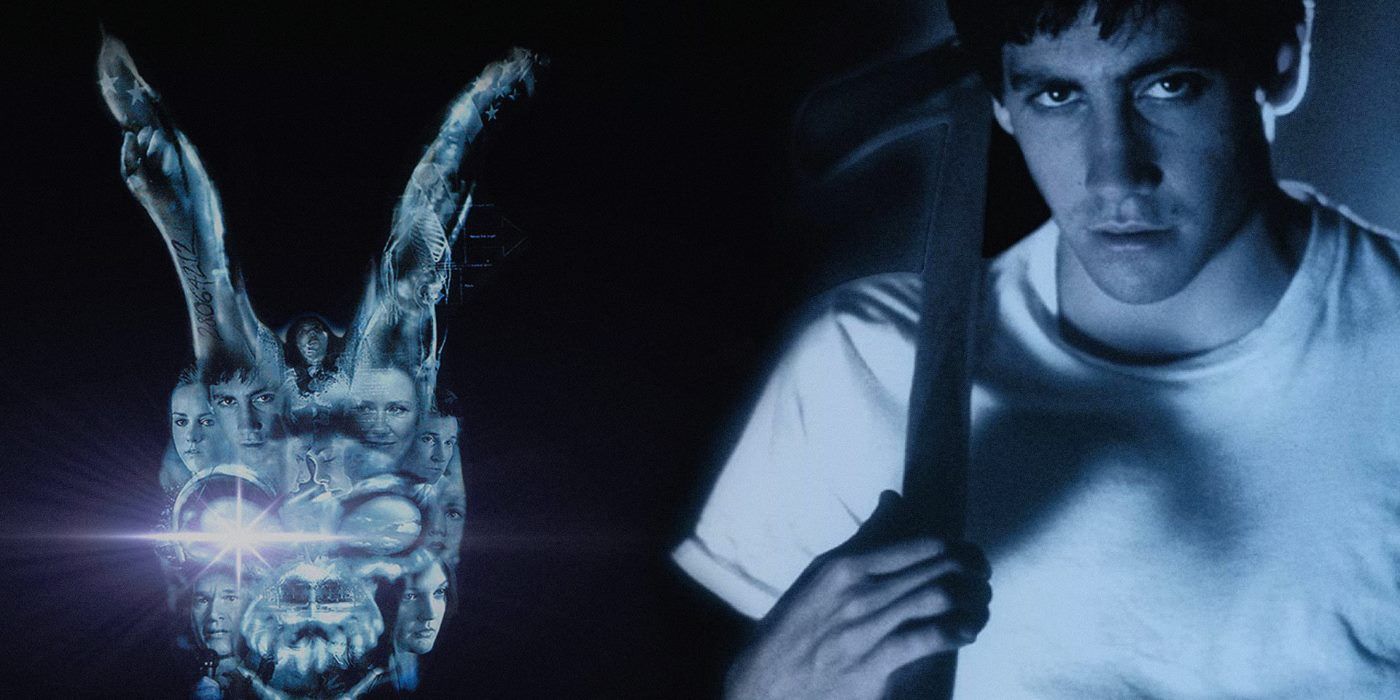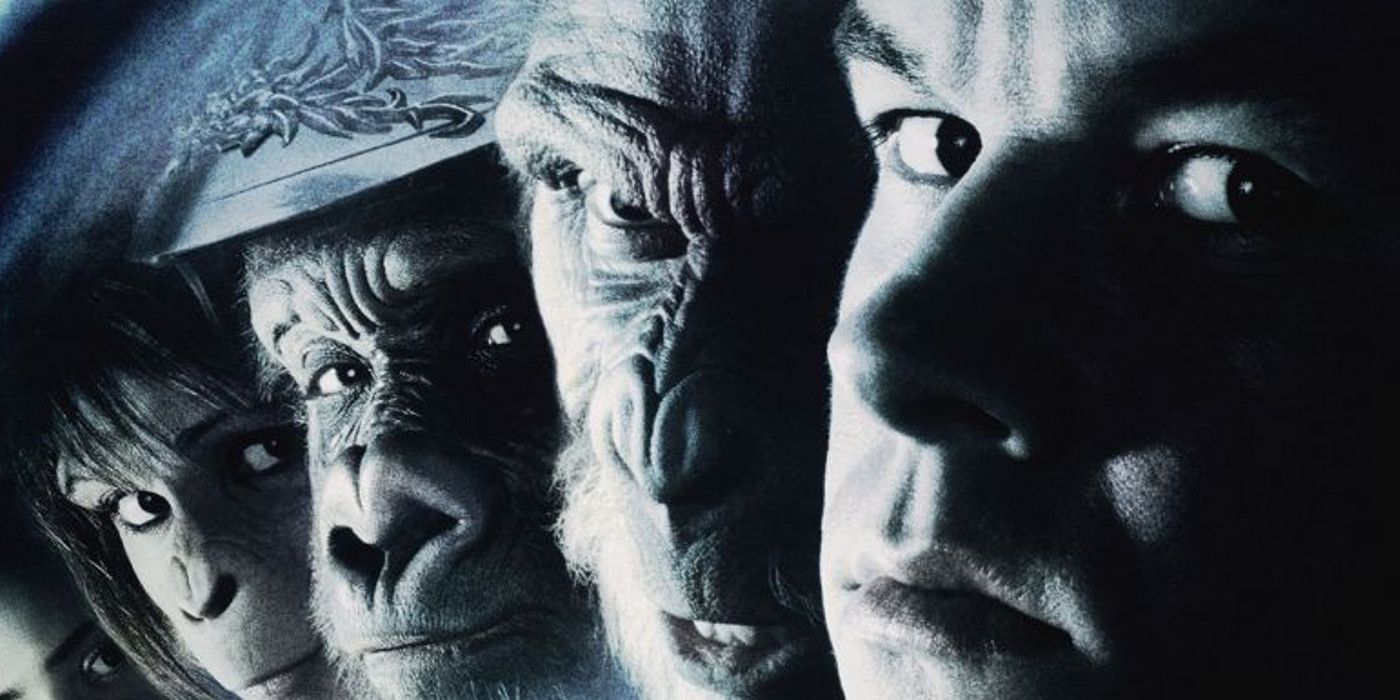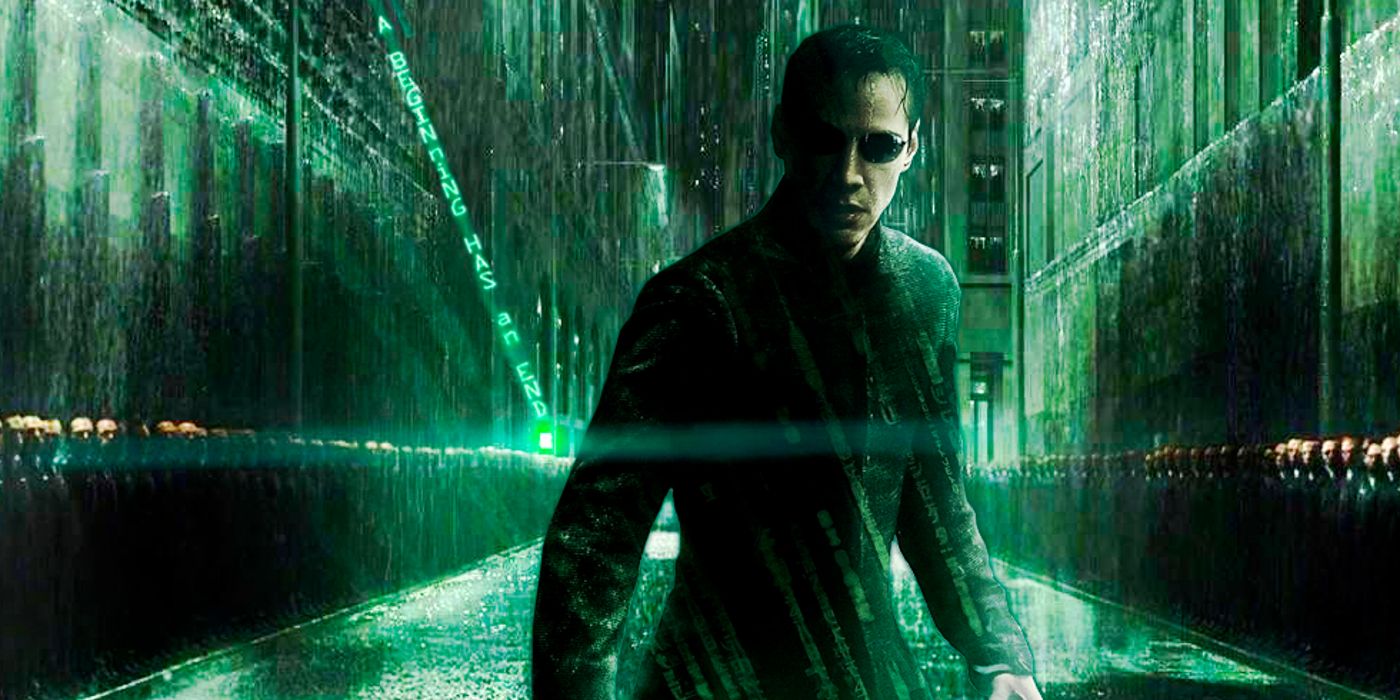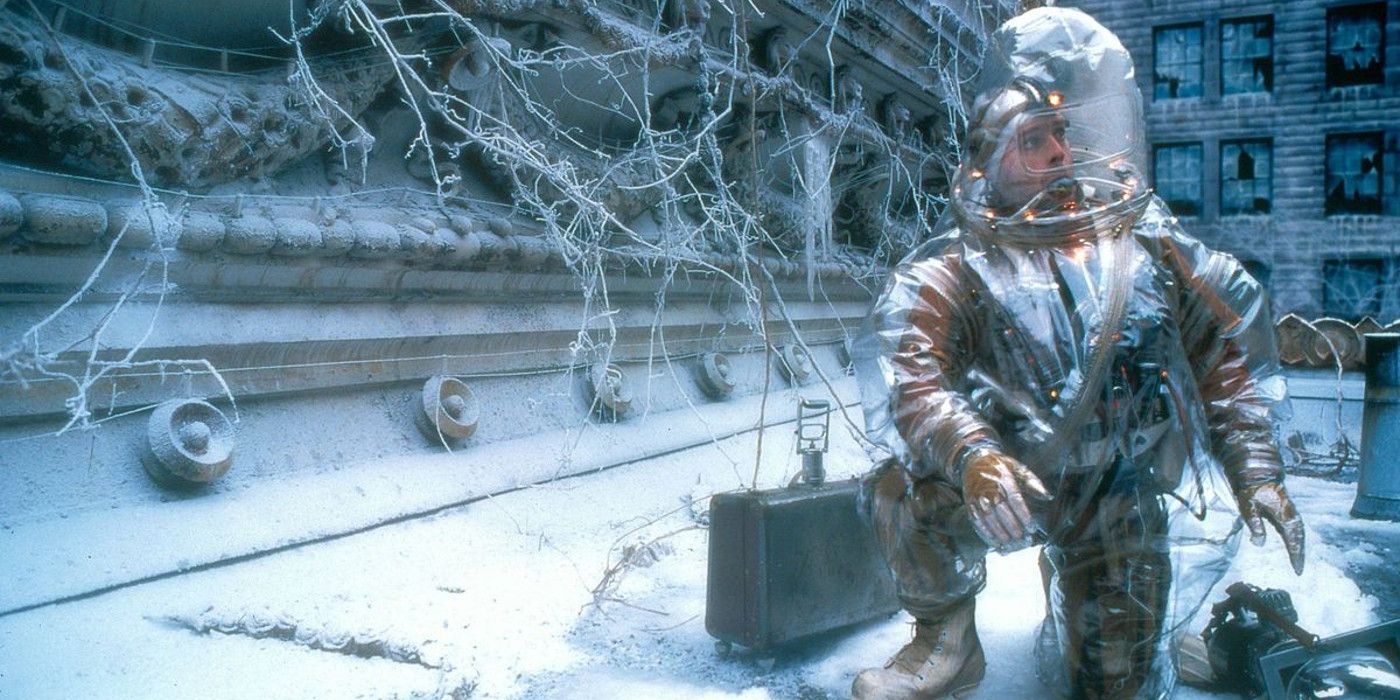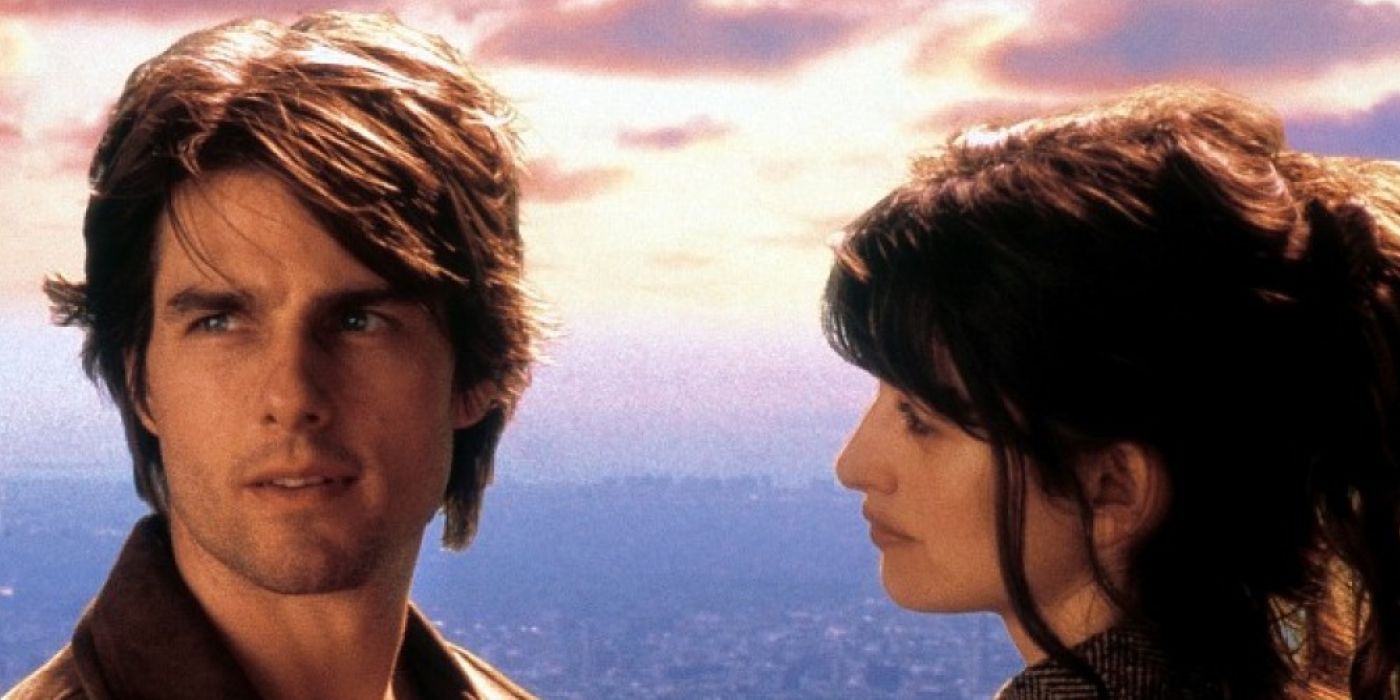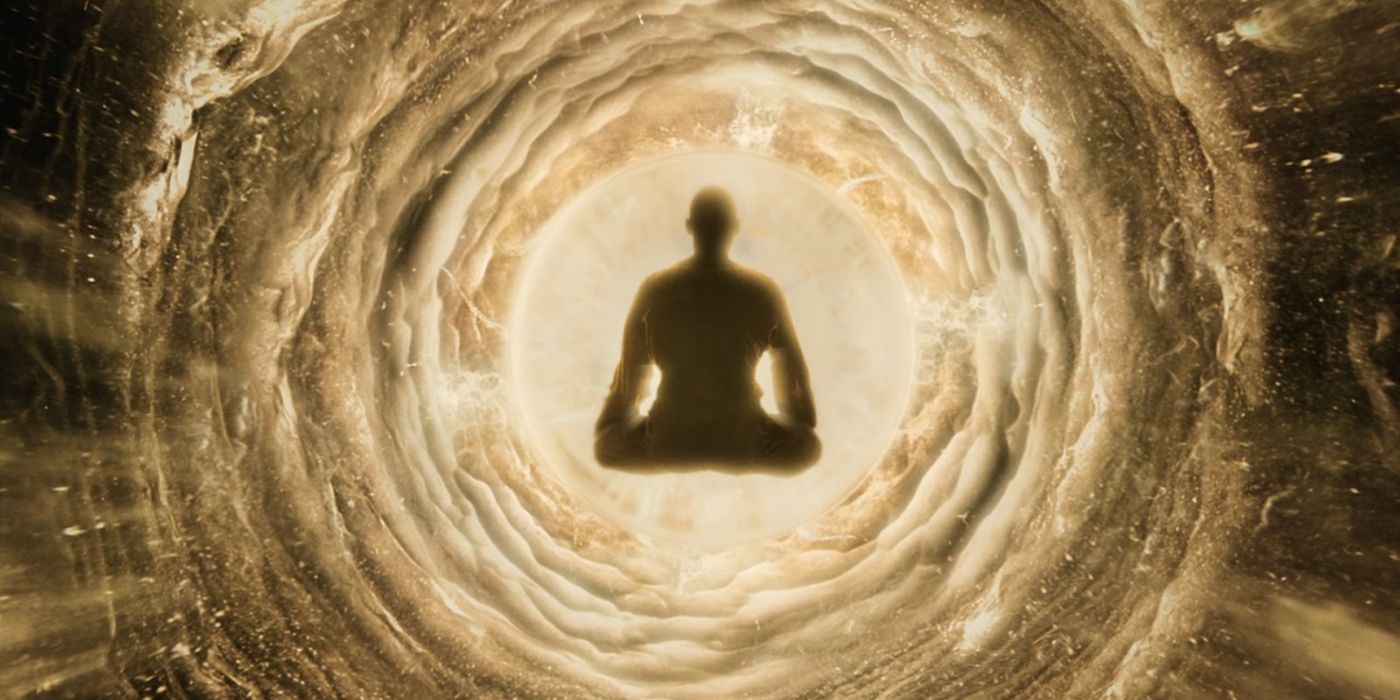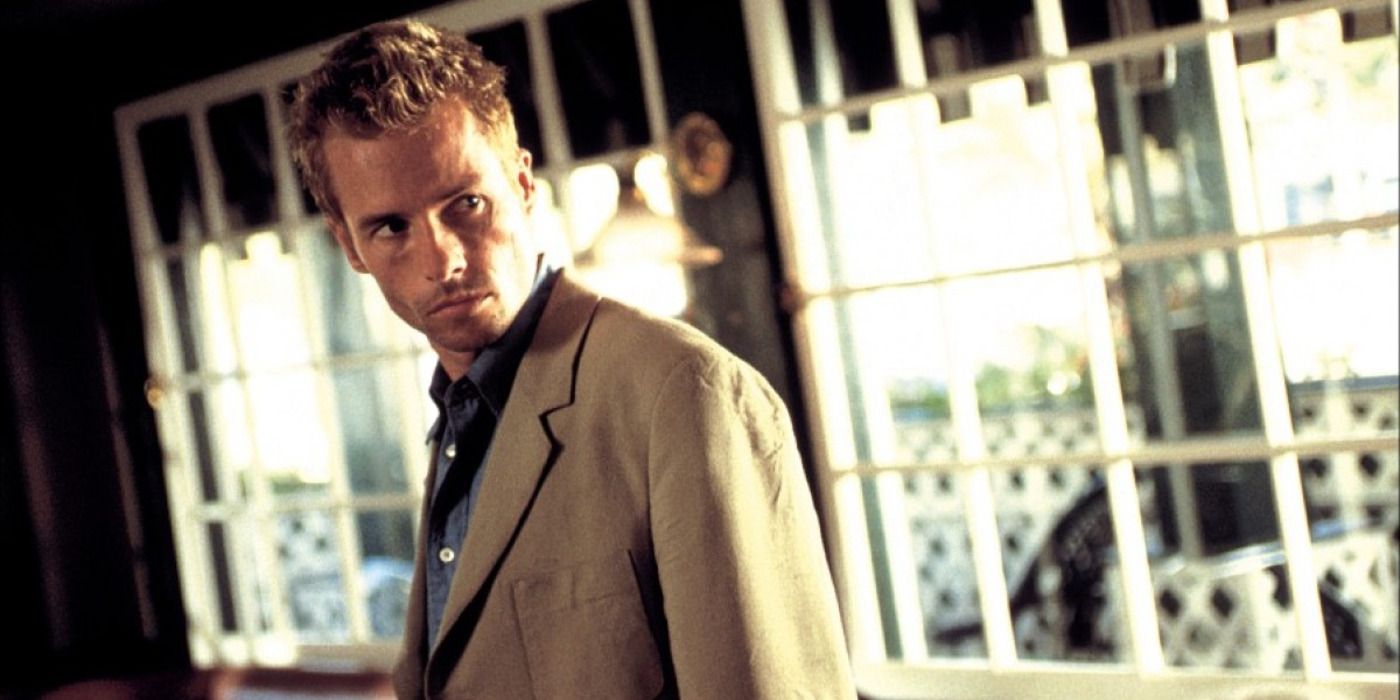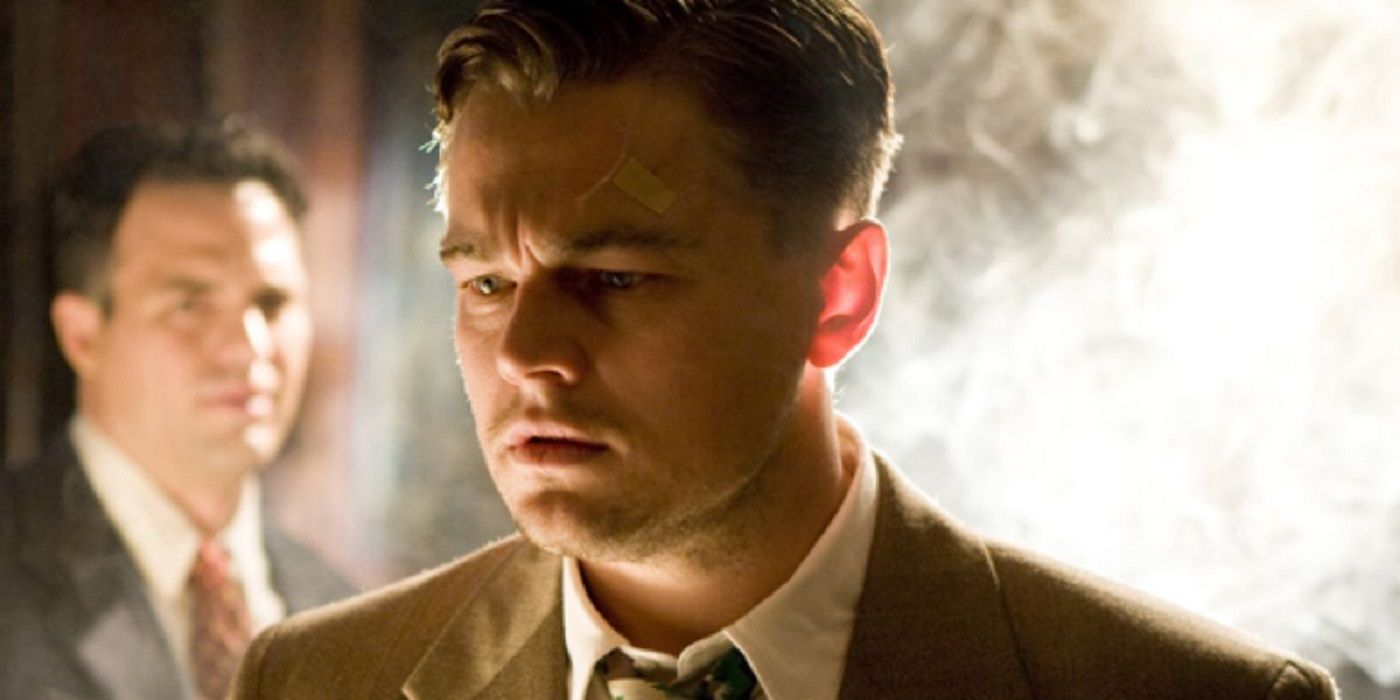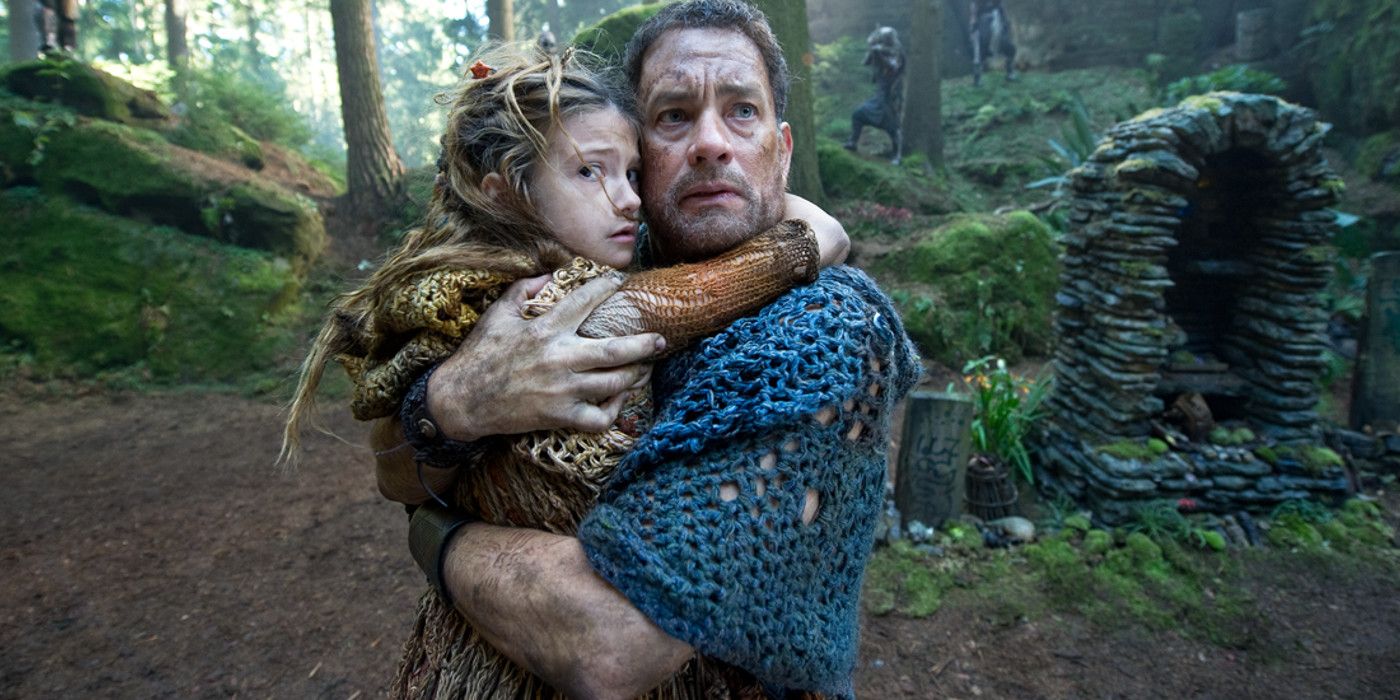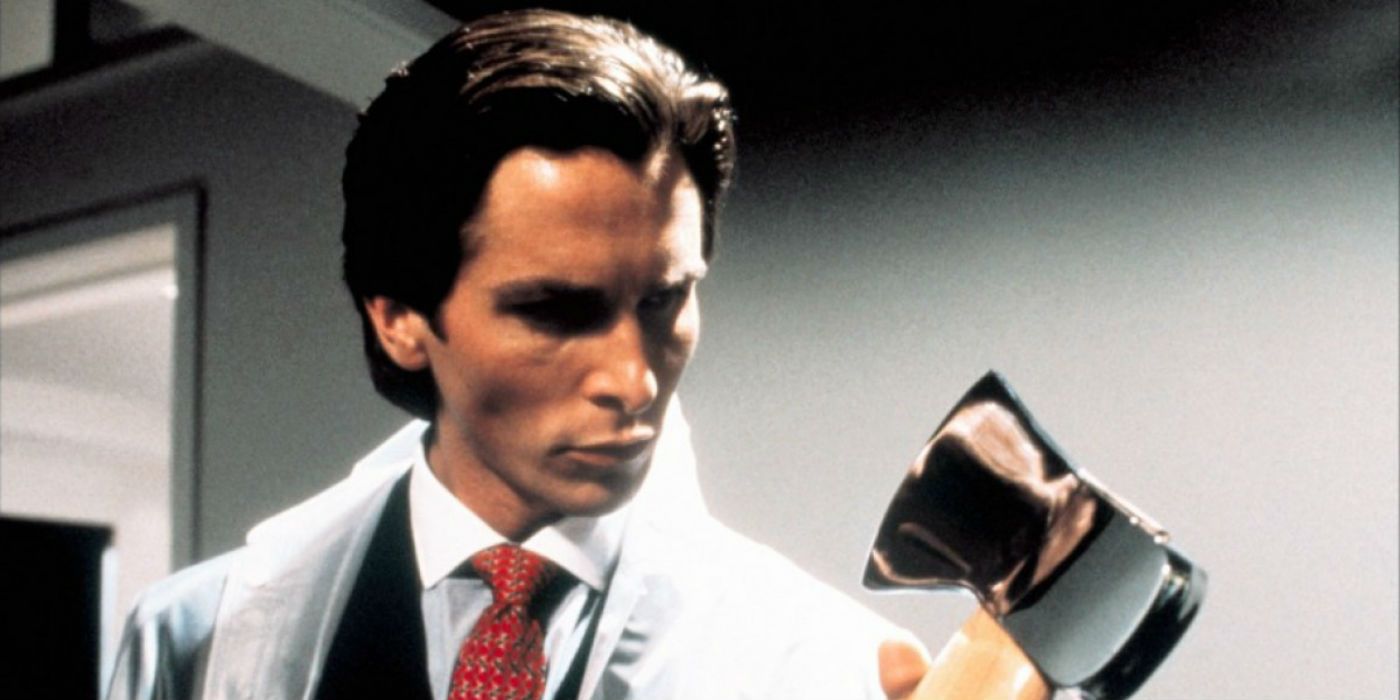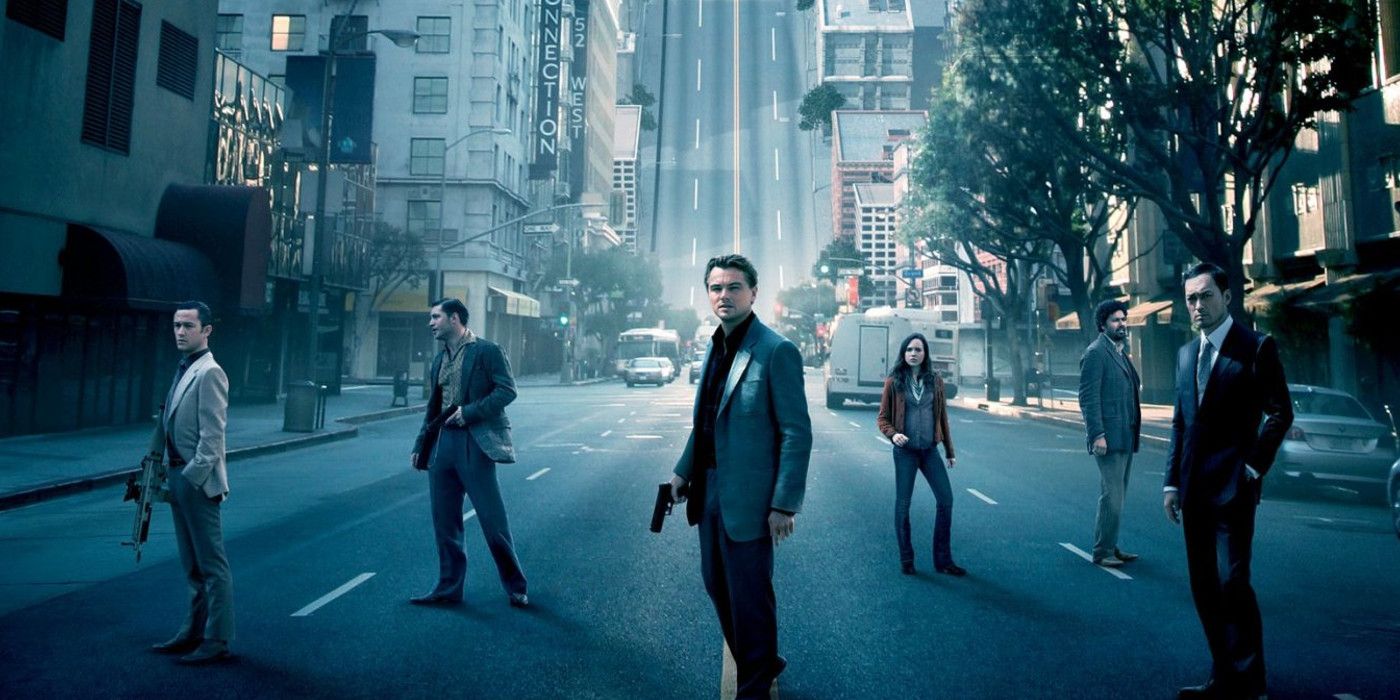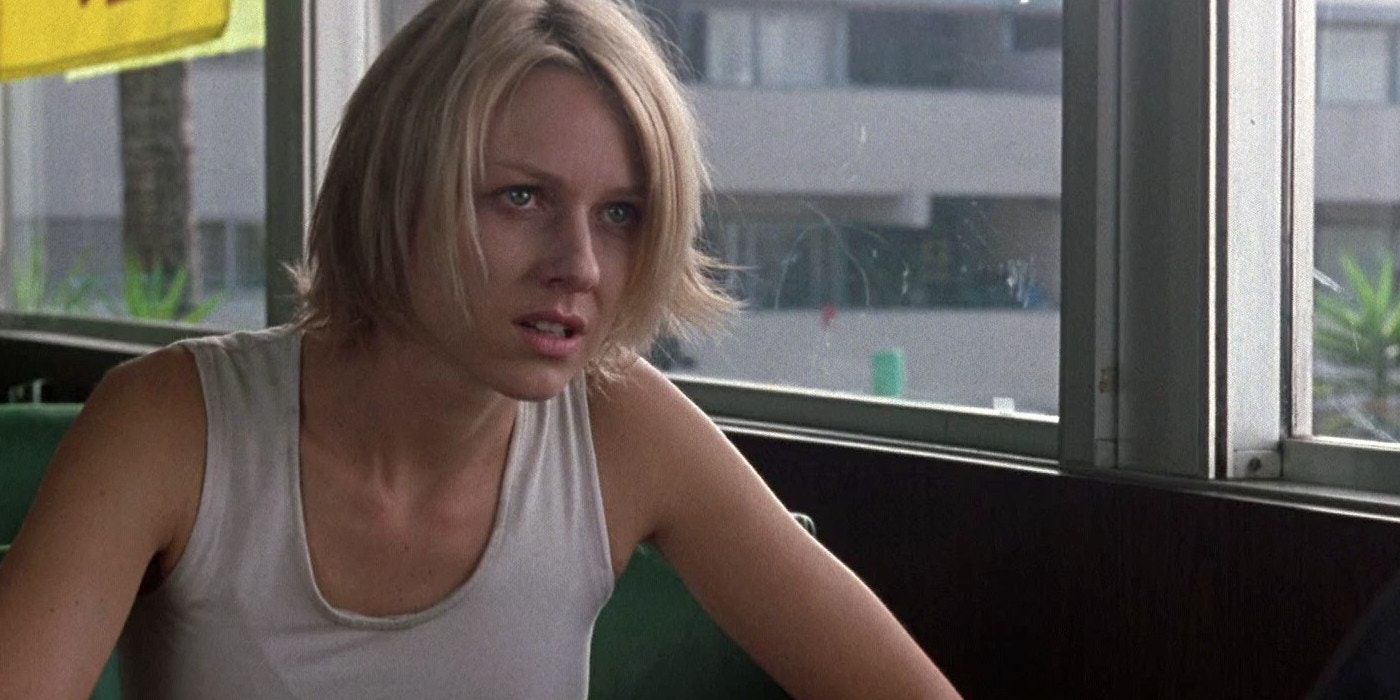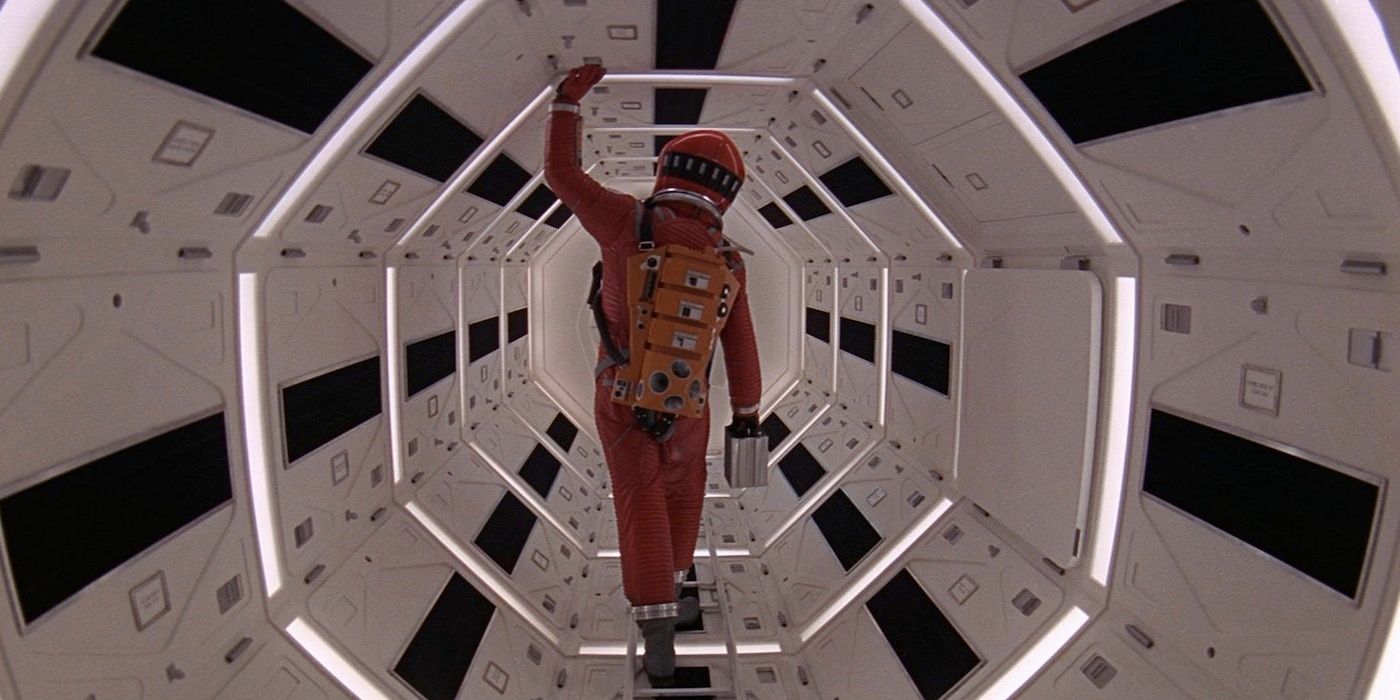If there’s a common criticism levelled at films by moviegoers, it’s that they can be too hard to understand. Whilst some audience members enjoy the exciting sensation that comes with piecing together what a movie actually means, plenty of people just want to be entertained, not bewildered.
However, while some flicks are indeed a chore to follow – sometimes intentionally so (although not always!) – often times, they’re actually not that hard to figure out, with just a little effort. And why shouldn’t viewers meet filmmakers half way, when it comes investing themselves in the narrative?
After all, while we all enjoy the satisfaction of switching off our brains and relaxing in front of a film with a straightforward plot, there’s also something to be said for movies that force us to use our grey matter.
Sure, films by directors like Stanley Kubrick, Christopher Nolan, and Terry Gilliam may leave us scratching our heads at first, but the “Eureka!” moment when it all clicks into place – either in the cinema or days later – is always worth it.
With that in mind, this list takes a look at 15 “Confusing” Movies That Are Actually So Easy To Understand – if you’re prepared to use the ol’ noodle, that is!
15. Interstellar
Most of the confusion surrounding Interstellar stems from scenes late in the film, when astronaut Cooper enters a black hole and things start to get a little… strange. The next thing you know, Coop is floating in a crazy space library that connects to his daughter Murphy’s bedroom in the past, and there’s something to do with a wrist watch. So what does all this actually mean?
Well, what we’re dealing with here is a time paradox. The “space library” is in reality an interface designed by future humanity to provide their ancestors with the means for inter-temporal communication. Basically, it lets Coop send messages to Murphy in the past, by interacting with the area surrounding her bookcase (hence the library-like interface).
As for the watch, it represents another instance of Coop manipulating the gravitational forces in Murphy’s room, in order to share with her – via a simple numerical code – the quantum data needed to solve the equation for mass interstellar travel. By doing so, he ensures the survival of humankind, thus allowing for later generations to set in motion the chain of events that allowed Coop to contact Murphy in the first place – which is where the previously mentioned paradox arises.
14. Donnie Darko
Quite possible the cult movie for anyone growing up in the early 2000s, Donnie Darko is – at first blush, at least – a bit of a head scratcher. As with Interstellar, part of the confusion stems from the time travel mechanics that underpin the plot, but just as much credit can go to the film’s cryptic dialogue and occasionally surreal imagery (including a giant, demonic-looking bunny!).
Still, even if the exact specifics of the plot aren’t exactly easy to identify – unless you’re watching the director’s cut, which effectively beats viewers over the head with exposition – the general shape of things is pretty easy to make out.
In yet another similarity with the previous entry, futuristic beings are responsible for much of the goings on in Donnie Darko, with the apocalyptic visions and other related insanity that Donnie experiences all the result of their meddling.
The rationale behind these actions? To fix a screw up they made in the time/space continuum related to an errant jet engine (that old chestnut), they gave Donnie the power to avert a potentially catastrophic time loop – at the cost of his own life, of course.
13. Planet of the Apes
The third entry in a row where time-altering shenanigans rear their ugly head, 2001's Planet of the Apes remake skirts perilously close to indecipherable.
The crux of the film’s twist ending – when Captain Leo Davidson travels back through time and space to a contemporary Earth ruled by Apes – isn’t that hard to suss out. It does require some conjecture, however. Although we don’t actually see ape General Thade acquire a spacecraft, it’s up to us to fill in the blanks that he somehow got his hands on one, and used it to follow Davidson to Earth.
Once that hurdle has been cleared, the rest falls into place quite neatly. After all, the electromagnetic storm that makes time travel possible is shown to expel its occupants in the reverse order to that in which they entered.
Since Davidson passed through the cloud ahead of Thade, it stands to reason that Thade should have been spat out ahead of his human enemy. This granted him the head start he needed to lead the ape uprising responsible for the world that greeted Davidson.
Is it convoluted? Yes. But can the general gist be worked out with resorting to complex diagrams and an astrophysics degree? You betcha.
12. The Matrix: Revolutions
Whether or not The Matrix: Revolutions is actually a good movie or not is a topic for a whole ‘nother article – but the fact remains that it’s not actually that confusing at all. The final installment in the Wachowskis’ kung-fu/sci-fi/spiritualist mash-up trilogy may take the franchise’s fixation with subtext over narrative to new extremes, but its big conclusion all adds up.
The finale's premise is laid out in a conversation between Neo and the Oracle, and it all comes down to basic arithmetic. As “The One”, Neo represents an anomaly which unbalances the equation underpinning the Matrix itself. In an attempt to redress this imbalance, the artificial reality’s system transforms corrupted program Smith into Neo’s equal and opposite.
Of course, Smith later goes loco and threatens destroy both the Matrix and the real world, enabling Neo to negotiate a permanent ceasefire between the humans and machines in exchange for saving both from this unstoppable virus. During their final showdown, Neo allows himself to be killed by Smith – unbalancing the equation once more, and clearing the way for the now-superfluous Smith to be deleted from the equation.
11. I'm Not There
Todd Haynes' I’m Not There tells the story of the “many lives” of Dylan through six largely unrelated storylines focussing on characters who embody different facets of his personality.
Either artistically brilliant or painfully pretentious (depending on your mood), I’m Not There is actually fairly easy to decode when treated more like a poem than as a straightforward narrative. This is because much of what happens is about evoking a mood or idea, rather than in service to a conventional story.
Even so, more astute viewers should still be able to make sense of each character’s individual story – persecuted poet, musician-turned-preacher, poser, frustrated celebrity, doomed rockstar and aging outlaw – despite any artistic indulgences and without getting the many references to Dylan’s life and career.
Moreover, these same viewers should also be able to tie together these each of these separate plotlines in order to trace the overall point of the movie: a tale of one man’s continual reinvention – several unique lives over one lifetime – with the next transformation waiting just over the horizon.
10. 12 Monkeys
12 Monkeys is the final time travel related flick on this list (promise), and maybe the most confusing of the lot! Time travel stories are, by their very nature, inherently predisposed towards audience befuddlement – and throw quirky director Terry Gilliam into the mix, and you have a real recipe for confusion!
That said, 12 Monkeys is actually very simple to understand. It all hinges on one central premise: that the events of the past cannot be altered. Once you latch onto this idea, everything the happens over the course of James Cole’s mission to discover the cause of a deadly virus that brought humankind to the brink of extinction makes sense.
Following the 12 Monkeys school of thought on time travel, everything Cole did during his visits to the past – thanks to our old friend, the time paradox – had always happened. By trying to change prior events, he was actually ensuring that they happened. That’s why his mission was never to stop the plague, only to find a sample of it from which a cure could be synthesized: because doing anything else was simply a waste of time.
9. Vanilla Sky
Don’t feel too bad if you struggle to make heads or tails of Vanilla Sky: it falls neatly under the “meant to be confusing” umbrella. Fortunately, director Cameron Crowe’s trippy psychological thriller can also be easily explained with five little words: it was all a dream.
Okay, maybe not all of it. But everything that happens to self-absorbed publisher David Aames from the moment he’s abandoned by his girlfriend all the way through to when he takes legit leap of faith from a skyscraper rooftop? All of that stuff – including any weird hallucinations and inexplicable plot developments including the reappearance of seemingly deceased girlfriends – is the handiwork of Mr. Sandman.
The rationale behind it all is that Aames had himself cryogenically frozen after getting dumped (oh, and his face got messed up real bad, too), with vivid lucid dreaming a side effect of the process, designed to keep the brain active while its on ice. Unfortunately for our human popsicle, somewhere along the line his dream morphed into a nightmare, which leads to his eventual decision to rejoin the waking world.
8. The Fountain
The Fountain is Darren Aronofsky’s sweeping epic which follows three love stories across three time periods.
Tomas the conquistador wants to find the mystical Tree of Life so that he and his queen may live together forever. Tom the scientist wants to cure his wife’s illness using samples supposedly taken from the Tree. And Tommy the space traveller wants to use the Tree to resurrect his own dead wife.
Whilst Aronofsky designed the film to stimulate discussion rather than provide concrete certainty, each narrative thread – no matter how fanciful – makes sense (more or less) when taken on its own.
Admittedly, where they overlap can cloud things a little – are all three Toms the same guy, somehow? If they aren’t, what is the connection between them? – so as with I’m Not There, it’s probably best to consider such instances in more lyrical than literal terms.
What’s more important is understanding how the shared motifs – particularly the quest for eternal life and love in the face of mortality – come together to offer one crystal clear message that anyone can understand: death is something we must all accept, but it is not the end (especially when it comes to love).
7. Memento
The second Christopher Nolan film of three on this list, Memento is indeed a complicated affair. But frankly, anyone who finds themselves feeling lost when the credits roll really hasn’t being paying enough attention.
In a dazzling display of the non-linear narrative structure technique, Memento follows its protagonist, the anterograde amnesiac Leonard Shelby, both forwards and backwards through time.
By doing so, Nolan is able to both advance the plot (which centers around Leonard’s hunt for his wife’s killers) as well as simulate Leonard’s disoriented state of mind. After all, if you’re a detective who can’t form new memories, you’re going to struggle to make sense of your case, let alone the world around you.
All that being said, while Nolan obviously wants us to be off-balance for much of the film’s runtime, he still wants us to be able to keep track of what’s going on. By shooting the chronologically correct scenes in black and white, and making the sequences shown in reverse order full color, the director is able to achieve just that.
Indeed, by the time the monochromatic and polychromatic threads sync up, each and every audience member should fully understand the events that led to Memento’s haunting conclusion.
6. Shutter Island
Full disclosure: the confusion surrounding Shutter Island is itself a little baffling. Director Martin Scorsese practically spells it all out during the climactic confrontation between US Marshall Teddy Daniels, his partner Chuck, and Doctor Cawley. Teddy’s investigation into the disappearance of asylum patient Rachel Solando is an elaborate ruse, concocted by Cawley and Chuck (also a doctor at the facility).
The two doctors hope was that the charade would ultimately cure Teddy – himself a criminally insane patient – of his delusions, so proper treatment could begin. While some viewers continue to debate whether the explanation provided by Cawley and Chuck is the actual truth, the explanation is pretty watertight.
True, some of the creepy happenings that take place in Shutter Island aren’t explicitly addressed. However, between Teddy’s visibly unhinged mental state and the fact the story takes place in a nuthouse, it’s not too hard to rationalize any outstanding moments of craziness.
As to the final revelation that Teddy might actually be faking a relapse into insanity in order to punish himself for his crimes? That’s yet another case of intentional ambiguity, rather than muddled storytelling – and even then, Scorsese hints rather strongly as to the truth of the matter.
5. Cloud Atlas
The second joint by the Wachowskis to make it onto this list, Cloud Atlas focuses on numerous storylines set across several timelines, and while most of them make sense – no thanks to the often unintelligible lingo in the far-flung future scenes – the full significance of their connectedness is almost lost.
Basically, Cloud Atlas follows one soul that is reincarnated repeatedly throughout history. That’s why the same distinctive birthmark is seen on different characters across each timeline.
Unfortunately, this is lost on a lot of people, as the constantly rotating roster of actors filling different roles across different eras makes the reincarnation device seem to apply to virtually everyone we meet in the film. It would probably have been a smarter move to have the central reborn soul portrayed by the same performer across each story.
To be fair, Cloud Atlas is also a categorically weird movie in places – looking at you, bizarre Victorian Era Devil hallucination! But the overall story – with its themes of human interconnectivity, the impact of our actions across our lifetime and the lift times of others, and the need to counter humanity’s inherently domineering nature – is actually pretty straightforward.
4. American Psycho
American Psycho is a pitch black comedy about unchecked hedonism and materialism, so much of what confuses people about the film can be chalked up to its satirical nature. That’s why many of the outrageous things that happen – including people failing to react to Patrick Bateman’s open confessions of villainy – are treated in a disarmingly unrealistic manner.
All that being said, as with several other entries on this list, there’s also a deliberate degree of ambiguity to what occurs on screen, all of which boils down to the familiar question: how much of this is happening in our lead character’s head?
From ATM machines that demand to be fed cats, to cop cars that explode from ordinary gunshots, right on through to a string of increasingly brazen, unsolved murders; so much of Patrick Bateman’s world doesn’t add up.
American Psycho never makes it clear one way or the other what the score actually is – but it shouldn’t be too hard for viewers to decide whether everything they’re seeing is true (and Bateman’s world really is that vapid) or simply the delusions of a pathetic yuppy.
3. Inception
The third and final entry on this list helmed by Christopher Nolan, Inception is another example of a film that meets attentive moviegoers more than halfway. Despite having a lot of moving parts plot-wise, the dream-based heist flick really couldn’t be more clearly signposted.
All of the rules of the dream world (and its relationship with the waking world) are established up front, and thief Dom Cobb and his team lay out their plans just as transparently. This clarity extends to the visual cues that Nolan uses to ensure the various layers of subconscious reality can be quickly distinguished from each other.
Not only does each tier of the dream reality take place within a different, distinctive setting, but we’re continually reminded of the time dilation that exists between each – seriously, never in the history of cinema has a van taken so long to fall into a body of water!
The upshot of all this is a blockbuster that – for all its many twists and turns – is a far cry from being indecipherable.
2. Mulholland Drive
Describing Mulholland Drive as “easy to understand” may be a bit of stretch – but even so, it’s nowhere near as confusing as its reputation suggests. Many of David Lynch's films are almost gleefully opaque, but the auteur is adamant his mystery movie can be solved, and it’s a valid claim.
In a list filled with hallucinating protagonists, Mulholland Drive still manages to take home the award for “Most Trippy Movie”. That said, viewers prepared to do some mental heavy lifting should be able to look past the many levels of symbolism and disparate narrative elements, in order to tease out a solid theory regarding what’s actually going down.
These cinema sleuths will tell you that the vast majority of Mulholland Drive constitutes the fantasies of struggling actress Diane. After putting a hit on her ex-girlfriend in a jealous rage, Diane constructs a reality which casts her in a more flattering light, and otherwise reimagines her environment as she would like it to be.
Admittedly, there are some fans and critics who reject this interpretation of the film – and it certainly isn’t quite airtight – but it’s hard to argue with the theory’s logic, which greatly clarifies proceedings.
1. 2001: A Space Odyssey
2001: A Space Odyssey spends most of its 161 minutes of screentime functioning as a well-made yet conventional sci-fi thriller. But in the film’s finale, when director Stanley Kubrick throws in a massive narrative curve ball, things start to make a lot less sense.
When Doctor Bowman is sucked into an extraterrestrial monolith, some fairly strange events take place. First, he’s subjected a psychedelic light show that would make a raver blush. Next, he undergoes a surreal, semi-out-of-body experience and grows old within a neoclassical dwelling. Finally, Bowman finds himself face-to-face with yet another monolith, which transforms him into a gigantic star child floating in space – and roll credits.
So what does any of this lunacy actually mean? Wouldn’t you know it, it’s all the result of external interference once, although here it’s an advanced alien race. This time around, the goal is to push earthlings towards a higher stage of evolutionary development (hence the space baby), with the snazzy old school digs and rapid ageing to help facilitate the process.
Could Kubrick have communicated this more clearly? Certainly (and the tie-in novel by Arthur C. Clarke does just that). But would the mixture of awe, fear and incomprehensible otherworldliness this ending evokes still have been possible if he had? Not likely.
---
What other movies have been labelled “confusing” that are actually super easy to understand? Let us know in the comments!

